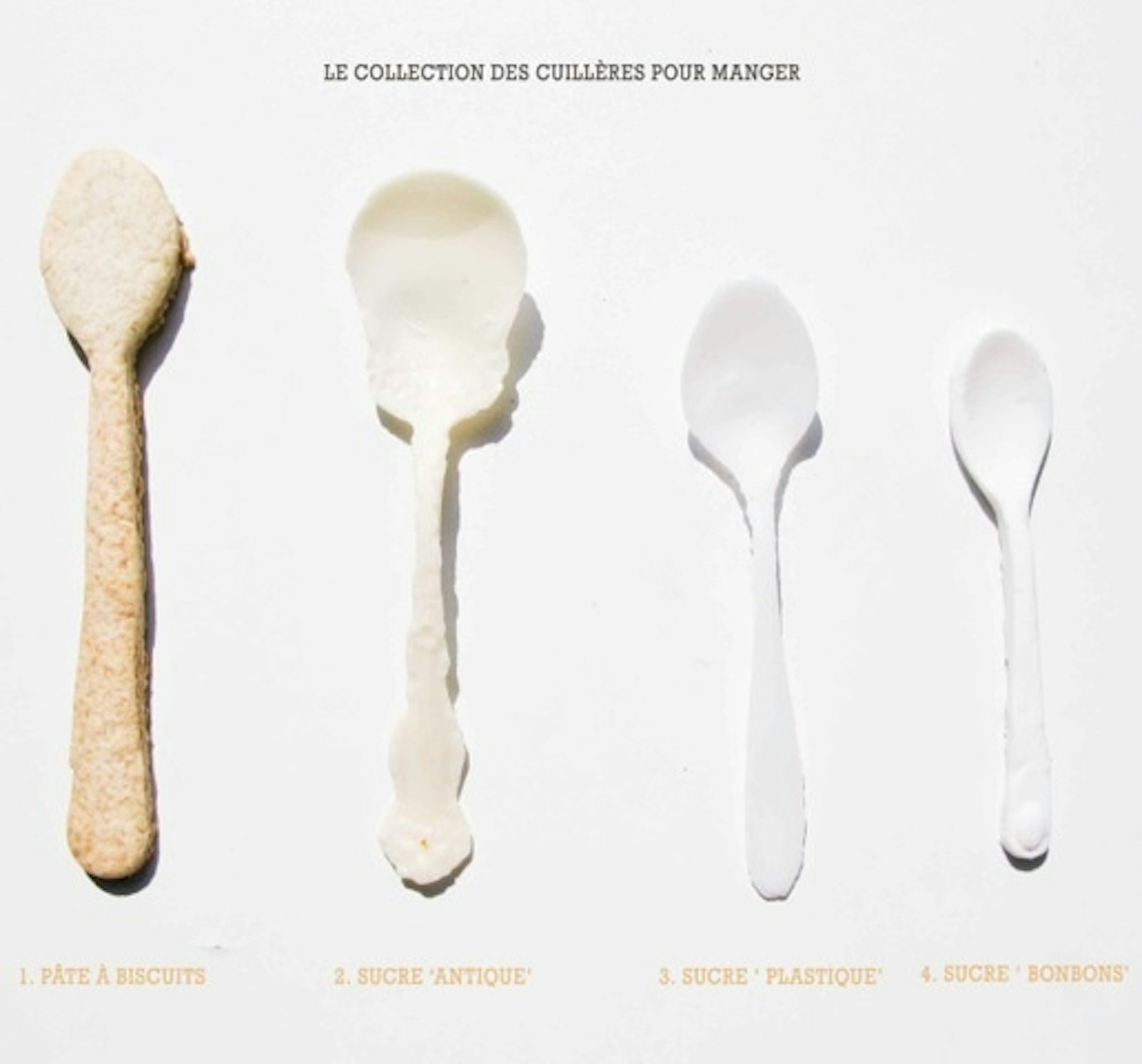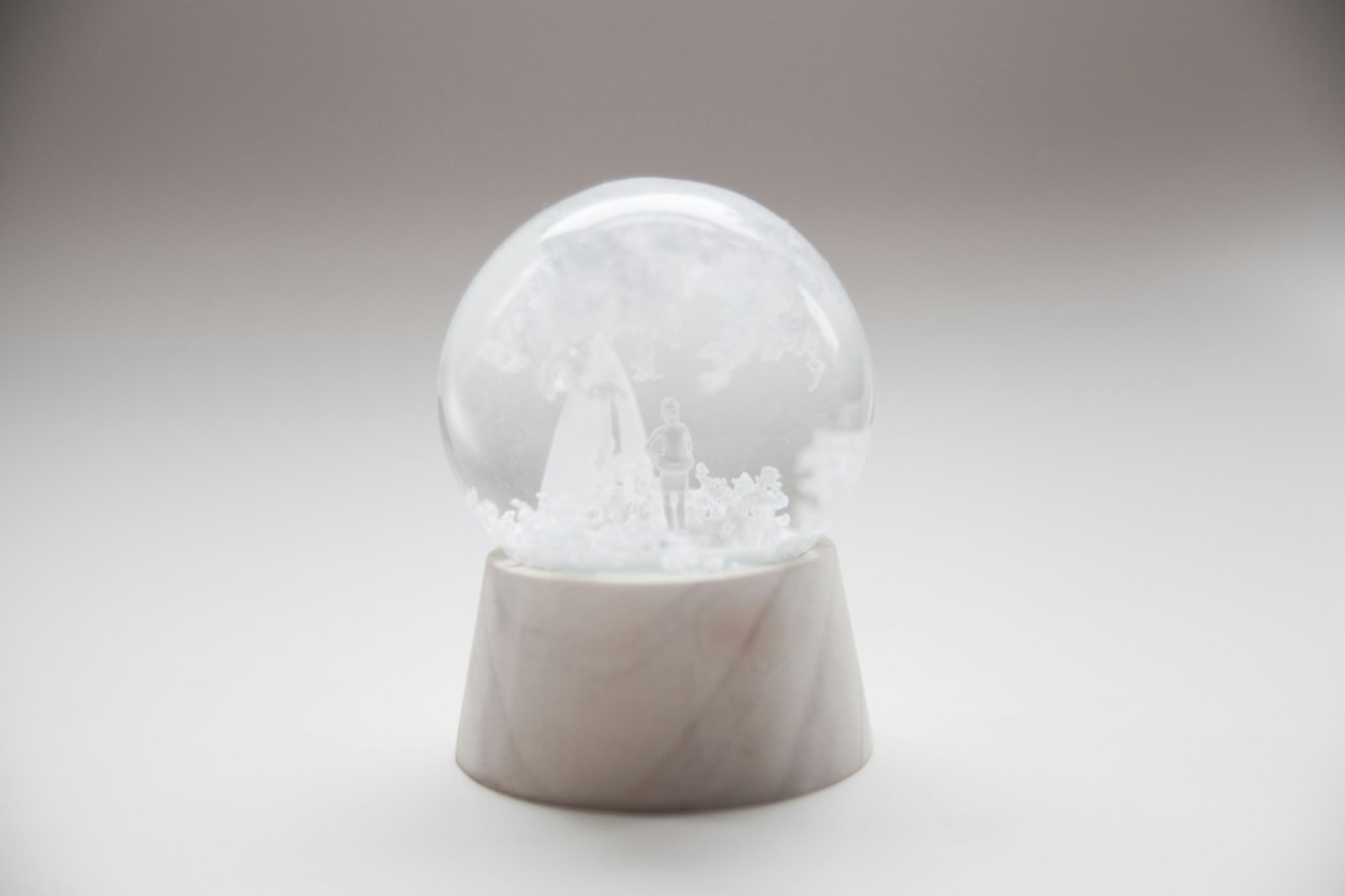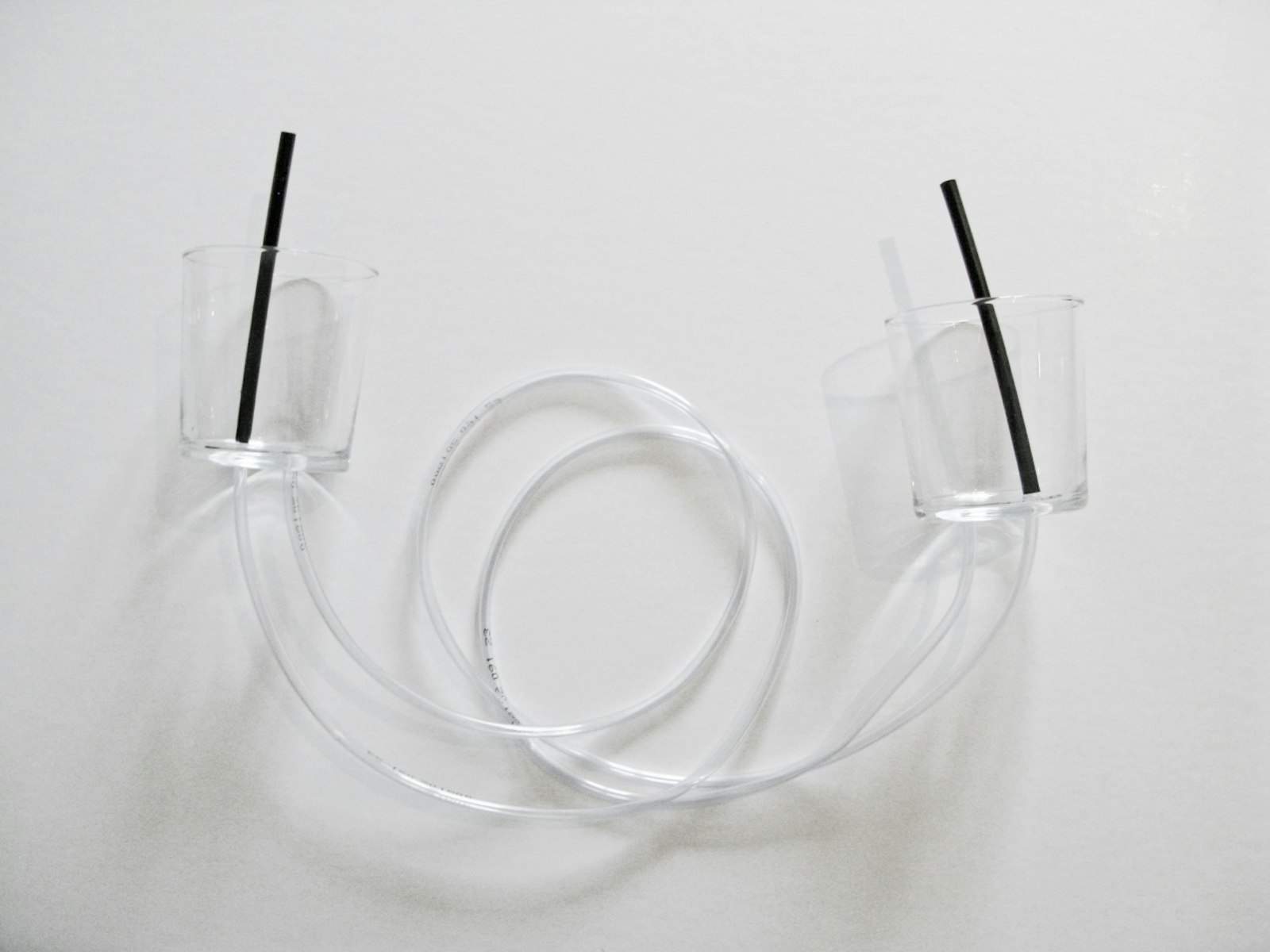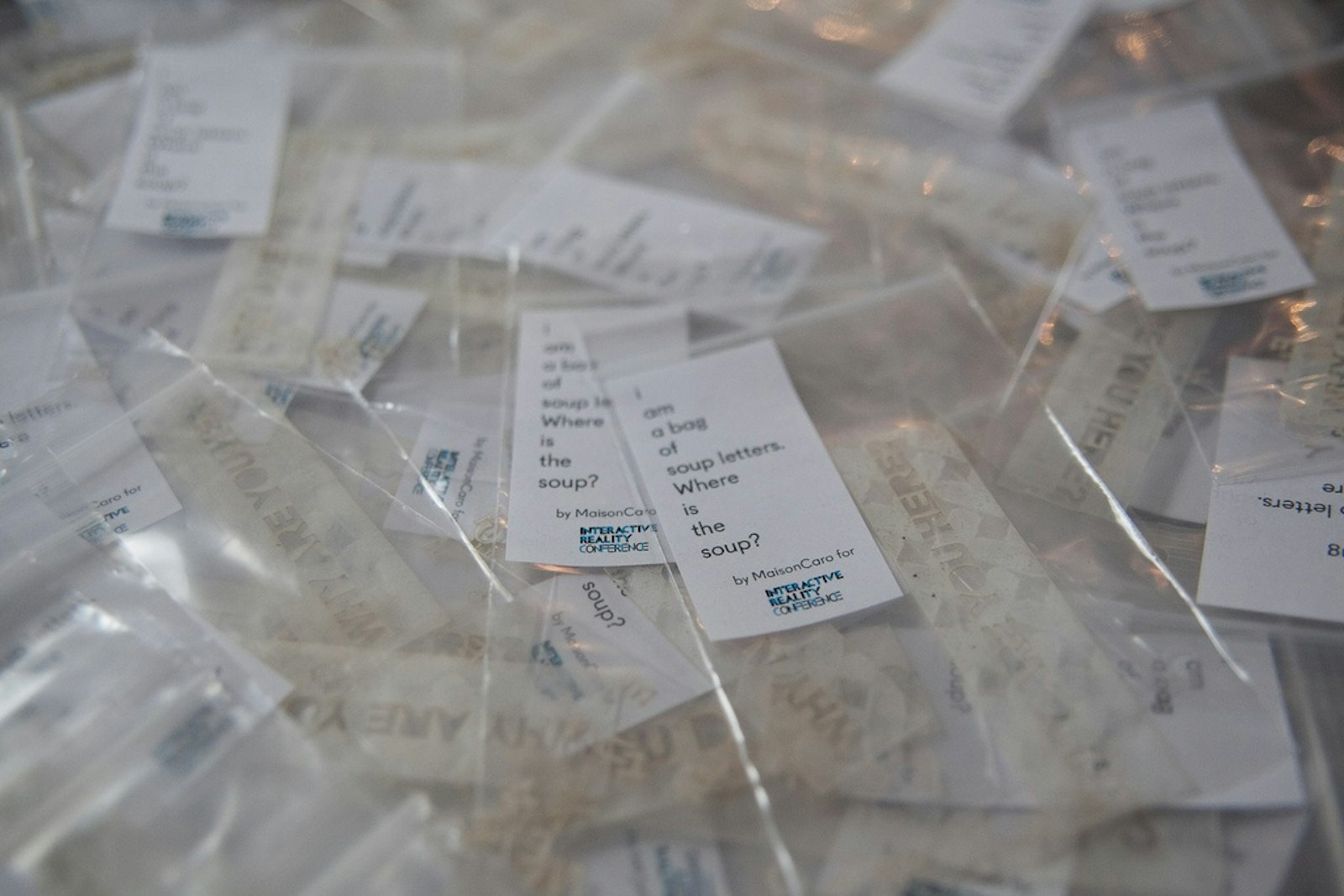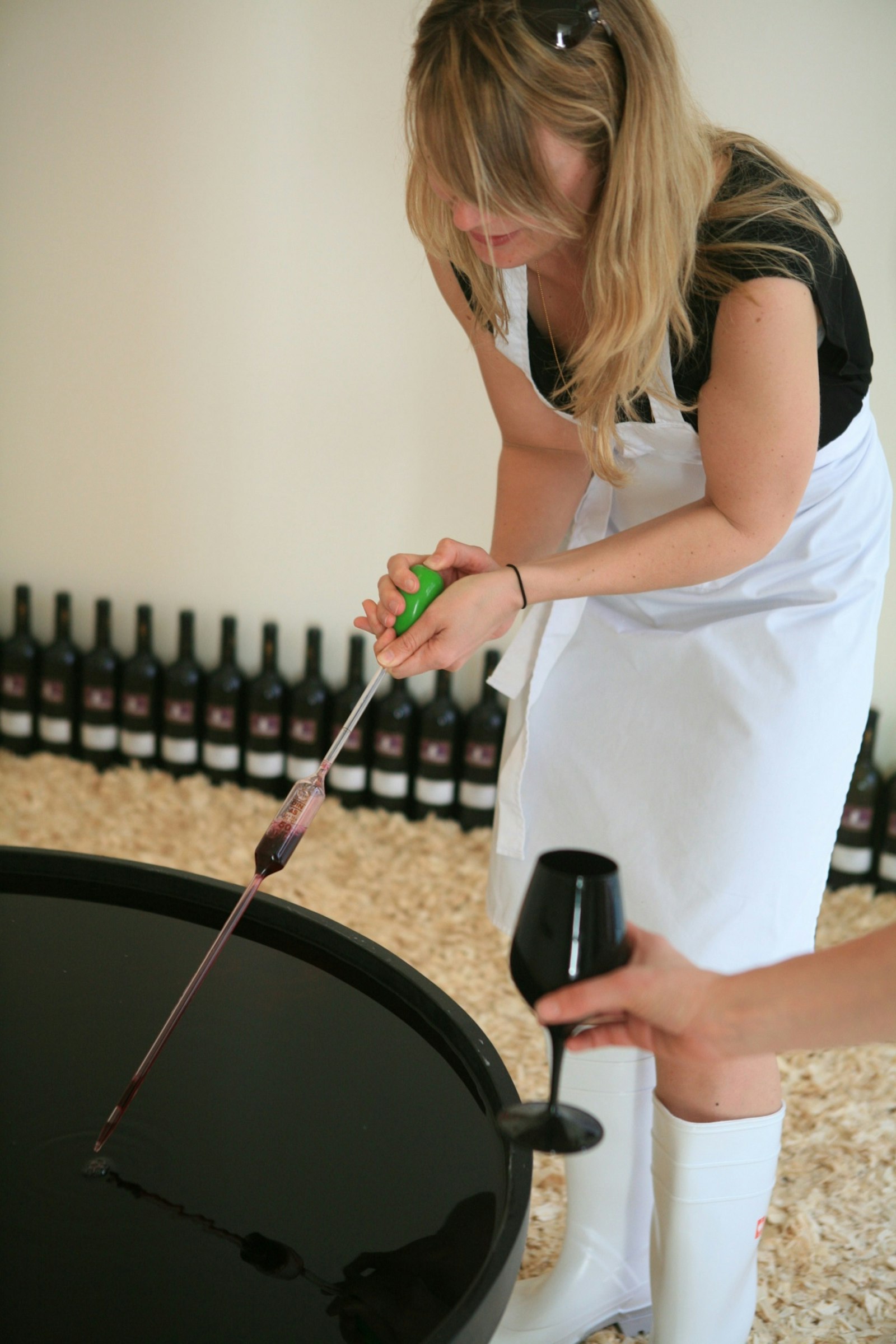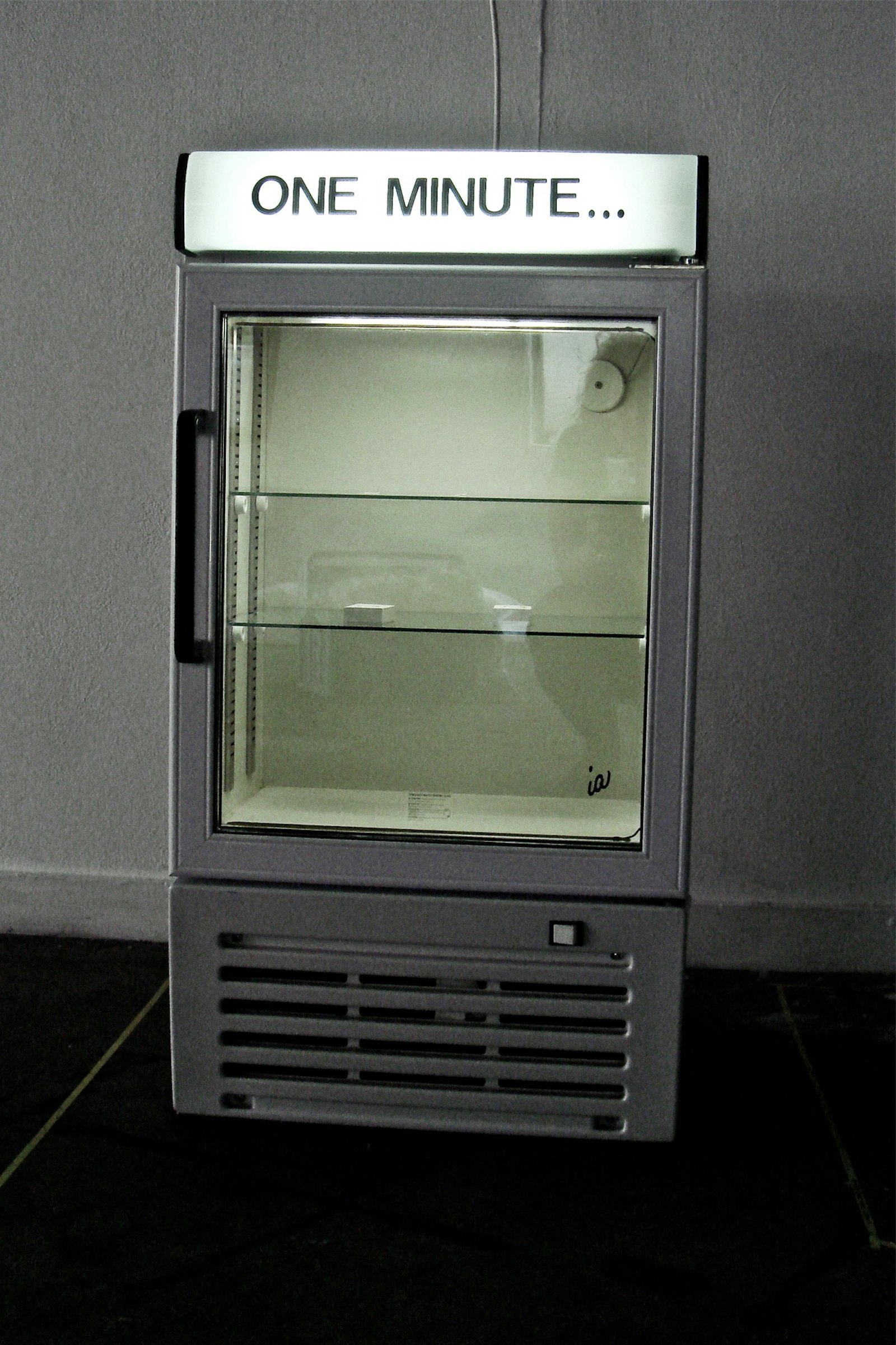de Velde
Caro Van den hole
The talent of the indelible impression
She designs sensually stimulating installations, always with continued or lasting memories in mind. Her presentation of stories to be experienced or perceived in the way postulated by experience design, is a design discipline in which Caro Van den hole has created an unmistakeable furore.
Caro Van de hole was hard at it last year. Not only was there the island-feeling amplification installation for Buda Island (Design region Kortrijk), but there was the Talking Pillow Installation at the Design Triennial in C-mine Genk and the strangely reflective Cumulus installation in the Ghent Arts Centre Vooruit, into which MaisonCaro appeared to squeeze all her talent, like helium into zeppelins. Although experience design is an ephemeral phenomenon – the installations are often short-lived and the perception/experience brief – the Ghent-based designer appears to be stringing the contracts together. And that hasn’t gone unnoticed in the slightest.
Crowd sourcing designlabel Mookum drew on MaisonCaro – her mental design space and home to countless disciplines – to communicate its innovative design path through a lively exhibition. In The Make Way, the scenography played a crucial role in making it clear to the audience that the classic production model has been superseded. Caro Van den hole joined forces with designer Kaspar Hamacher on this, whom she met as a Toegepast 14 winner in 2009, and with whom she has even served as design coach in the last two years for Toegepast 17 and 18. Caro took care of the scenography and all the communication for these two Toegepast exhibitions.
MaisonCaro loves cross-pollination with other designers, such as Kaspar Hamacher, but Caro also has strong links with the likes of Linde Hermans (Henry van de Velde Award for Young Talent 2007) and photographer Liesje Reyskens. This sort of collaboration is always a catalyst for new projects. Together with Ghent agency, Madoc – a production house for narrative, cultural/historical exhibitions on heritage, history, specialist collections, landscape and art – MaisonCaro was brought in for the “experience lab” run by multinational Coca-Cola, and she is currently working on a narrative path for the Zwin visitors’ centre in Cadzand and the Hasselt Jenever Gin Museum.
Since 2007, when she graduated in product design (Media and Design Academy, Genk) and two years later got her masters in textile design (Sint-Lucas, Ghent), Caro has increas- ingly evolved towards experience design. Time has certainly passed since then. Literally and figuratively. Though her design process focuses on prickling the senses and emotions as much as possible, “time” always has a meaning in this. And so practically all of her installations are about the premise of time, the transience of all things. So it is today, and so it was back then when she took part in Toegepast 14, the design process for Culture Platform Design Limburg and when she wrote her final project. Eerste Hulp Bij Ontwerpen (First Aid for Design) was the title of this piece of work, as much praised as it is rich in imagery, which she wrote on an authentic type- writer. An immediate sign of things to come.
Born in Geraardsbergen, but raised in Jakarta, this designer has the unique gift of analysing narratives and then kneading the sensitive syntheses into concepts. Whether it is a scenographic, photographic or audio-visual piece; you will recognise her (trademark) hand in the total concept. This was the case in The Make Way, in Toegepast 18 – It’s all in the air, or the Playing Senses, her dinner performance in Hong Kong for Business of Design Week 2012. Now take, for example, surprice, one of her first stunning installations, in which people are given wedding rings made of ice, so they can marry for just a minute. Transience as a sign of fidelity. Of an altogether different order is her (wedding) ring; its black layer does not wear off until after 25 years, only then to reveal a perfectly polished brilliance. Her gingerbread coffee spoons are touching, as are the tableware and cookery book that she created in collaboration with Studio Pieter Stockmans. She effortlessly draws poetic beauty from materials, be they porcelain or gingerbread.
Since 2010, Caro has been a practical teacher for the Studio Design and Studio Scenography at the Luca School of Arts; this inspiring academic context and her contacts propel her further along the path of experience design. Pioneering discipline. For a long time, MaisonCaro was too easily reduced to product design or textile design or food design. The general awakening to and recognition of the ephemeral realm of experience design has helped bring clarity. This is because MaisonCaro is more than the sum of its individual talents in the areas of product, graphic, set, scenographic and food design. If the result of this house of experience design is not sensually stimulating, then it most certainly expands the consciousness.
You might say that Caro Van den hole’s sensitive instinct is more highly developed than average. A talent to say, through installations, that which cannot be said. The qualified textile designer does not design mere textiles, but tactility. The product designer creates no mere product, but emotional property. No wonder she is so interested in the philosophy of Phenomenology. The basic idea is that the way things come across may be irrelevant objectively, but is nonetheless a reality. Allow things to speak for themselves and they need no explanation in a programme booklet.
Hers are installations that leave a strong impression, and not because of the explanations given them. She hones that talent – to say the unsayable without words – by imposing upon herself a vow a silence and that image of her not, for example, noting her ideas and thoughts in note books, but getting them down on rolls of cash register paper with a typewriter, encapsulates everything. It leads to a stream of consciousness rolled up in time and typifies Caro Van den hole completely.
The experience designer that she is today is still indebted to the message of her 2007 dissertation, in which she queries the all-pervasive urge to consume and the obsession with renewing things. Why do we strive to possess new things all the time? What lies at the basis of our obsession with the new and what is the motor behind the carousel that turns “new” to old and then out? Making space for another novelty that is destined to endure the same fate? Can and should design play a role in this, and how? “By placing more sentimental value in an object as a designer,” confessed Caro Van den hole long ago in an interview, “people would have to cherish your designs, particularly because of the emotional value that they then assign to them. This produces meaningful objects. And you create sustainability with that emotional connection.” Back then, she still spoke in terms of objects; today they are installations. She deals in emotional property and moments. The short-lived. In the hope that they will remain with you for a long time. Her talent is that of the indelible impression.
